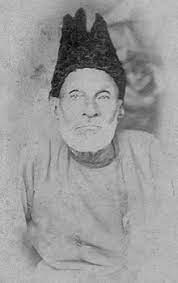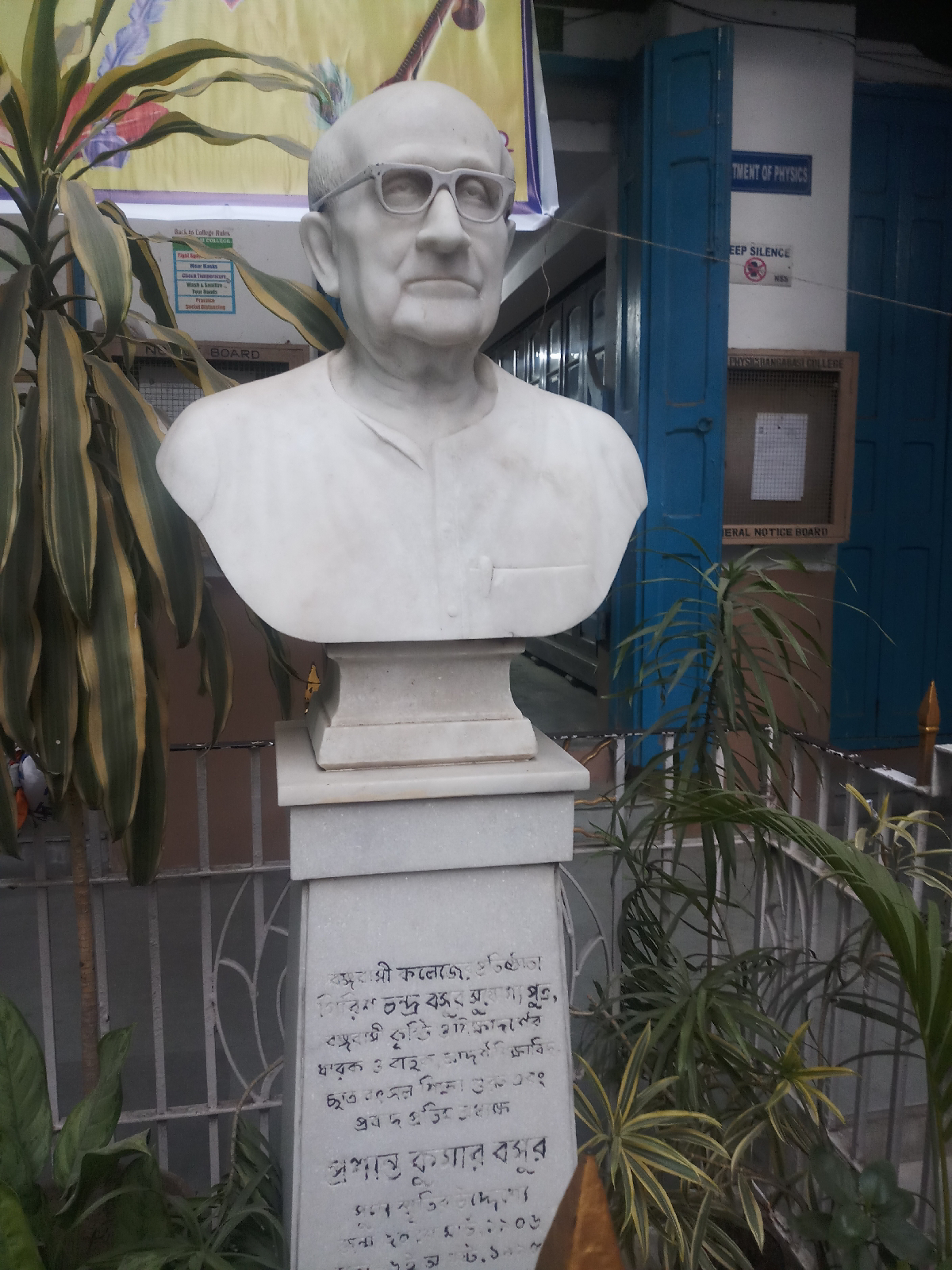Cemeteries of Kolkata
The former North Park Street Cemetery is now the site of the Assembly of God Church School and the Mercy Hospital with only a one grave standing.
South Park Street Cemetery is recognised as one of the earliest non-church cemeteries in the world, and probably the largest Christian cemetery outside Europe and America in the 19th century.
- It was opened in 1767 and was in use until about 1830 and is now a heritage site, protected by the Archaeological Survey of India (ASI) which houses about 2000 graves and tombs.
- Notable tombs belong to Henry Louis Vivian Derozio, Sir Elijah Impey, Sir William Jones, Colonel Robert Kyd, Lt. Col. Colin Mackenzie, Sir John Hadley D'Oyly, Major-General Charles Stuart, Walter Landor Dickens and several others.
- Architechturally, the tombs represent Gothic and Indo-Saracenic style. The Indo-Saracenic tombs are an unique composite brick structure built in the panchyatana style, with a central dome flanked by miniature replicas of Orissan rekha deul on four sides. The black basalt carvings on the frontal façade indicate a sign of the Hindu faith.
Picture courtesy Yashodhara Chattopadhyay
 |
| Tomb of Henry Louis Vivian Derozio (1809–1831) |
Lower Circular Road Cemetery was established on 1840 and is still functional. It contains approximately 12,000 graves including many former British East India Company employees and Second World War Commonwealth war graves.
- Notable tombs belong to Michael Madhusudhan Dutt, Sir John Elliot Drikwater Bethune and several others.
 |
| On Bethune Day |
 |
| Tomb of Michael Madhusudan Dutt |
References
https://en.wikipedia.org/wiki/South_Park_Street_Cemetery
https://en.wikipedia.org/wiki/Lower_Circular_Road_cemetery













Comments
Post a Comment